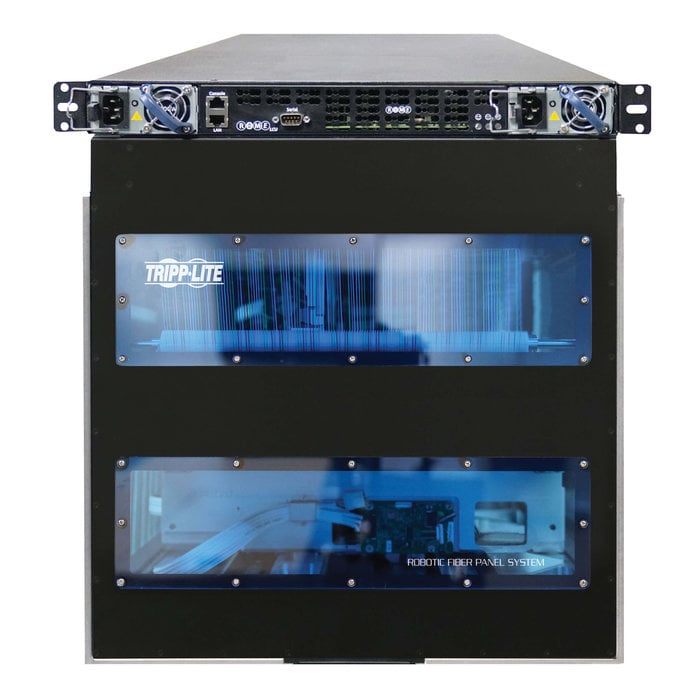www.magazine-industry-usa.com
02
'19
Written on Modified on
Tripp Lite Introduces Robotic Solution for Fiber Network Optimization
Automated Fiber Connections Maximize Efficiency for Data Centers, Colocation Facilities and Telcos.

Data centers and colocation facilities are scaling up to provide better data access, or “Bandwidth-on-Demand”(BWoD), to customers. At the infrastructure level, this means a denser layout with more layer 1 physical connections between equipment. Relying solely on hands-on management of these connections is an increasingly inefficient practice, but RFPS automation provides a solution.
“This technology gives colocation operators unprecedented abilities,” said David Posner, Tripp Lite’s Director of Product Marketing, Connectivity. “They can control connections on a reliable schedule. They won ’t have to guess which cables are being utilized and which ones are idle.”
The RFPS can typically re-configure a connection in 50 seconds, as opposed to the hours or days it often takes for on-site network engineering to arrive. “And the RFPS is more secure,” Posner continued. “The more hands-on switching that occurs, the more your infrastructure is at risk of error or physical damage. The RFPS is a fast and precise alternative.”
Any organization that provides large-scale data services can take advantage of the flexibility the RFPS incorporates into their infrastructure. It can be configured to accommodate almost 500,000 ports, singlemode and multimode fiber, all optical signals and all network protocols. This allows operators to adapt to new technologies without equipment overhauls.
The flexibility translates into cost savings as well. A more efficient infrastructure has less under-utilized equipment, which means less equipment to purchase, power and maintain.
www.tripplite.com

